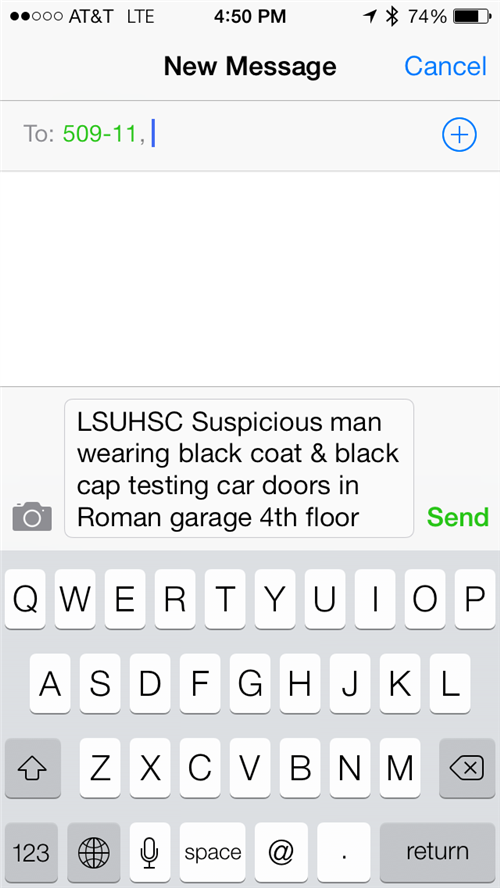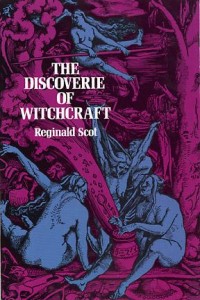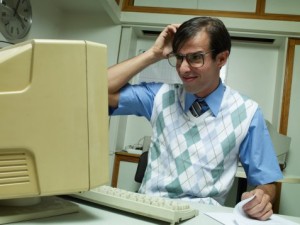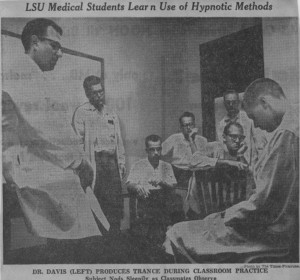Faculty Publications May Display
The Library’s Faculty Publications display, located on the first floor of the Library, has been updated with eight new articles for the months of May and June. The new article array covers topics from alcohol intoxication’s impact on spinal injuries, to the linkage between schizophrenia and chronic LSD usage, to nursing in catastrophe.
LSUHSC-NO authors are shown in bold print:
- Crutcher CL, Ugiliweneza B, Hodes JE, Kong M, Boakye M. Alcohol intoxication and its effects on traumatic spinal cord injury outcomes. J Neurotrauma. 2014.
- Hong S, Alapure BV, Lu Y, Tian H, Wang Q. 12/15-lipoxygenase deficiency reduces densities of mesenchymal stem cells in the dermis of wounded and unwounded skin. Br J Dermatol. 2014.
- Leblanc KG, Jr, Monheit GD. Understanding and use of the American Joint Committee on Cancer seventh edition guidelines for cutaneous squamous cell carcinoma: A survey of dermatologic surgeons. Dermatol Surg. 2014.
- Martin DA, Marona-Lewicka D, Nichols DE, Nichols CD. Chronic LSD alters gene expression profiles in the mPFC relevant to schizophrenia. Neuropharmacology. 2014.
- Molina PE, Amedee AM, Lecapitaine NJ, Zabaleta J, Mohan M, Winsauer P, Vande Stouwe C, McGoey R, Auten MW, Lamotte L, Chandra LC, Birke L. Modulation of gut-specific mechanisms by chronic Delta9-THC administration in male rhesus macaques infected with simian immunodeficiency virus: A systems biology analysis. AIDS Res Hum Retroviruses. 2014.
- Park EP, Boulmay BC. Images in clinical medicine. herpes labialis and facial-nerve paralysis. N Engl J Med. 2014 ;370(11):1048.
- Polhemus DJ, Lefer DJ. Emergence of hydrogen sulfide as an endogenous gaseous signaling molecule in cardiovascular disease. Circ Res. 2014; 114(4):730-737.
- Sterling YM. Nursing ‘caring’ during catastrophic events: Theoretical, research, and clinical insights. Int J Human Caring. 2014; 18(1):60-65.
These articles are part of the Library’s Faculty Publications Database, which is maintained by Reference Librarian, Kathy Kerdolff. The database includes publications authored by LSUHSC-New Orleans faculty, researchers, and students since 1998. It is updated weekly with new articles harvested from a variety of citation sources: PubMed, Scopus, and CINAHL, etc.
The display highlights sixteen articles at a time, rotating eight new articles each month. You can find more information about the database and listings for our current and past displays from Library’s Faculty Publications landing page: http://www.lsuhsc.edu/library/databases/facpubs.aspx.
To add your faculty publications to the database and display, or for questions about either, please contact Kathy Kerdolff.

 myLSUHSC
myLSUHSC



